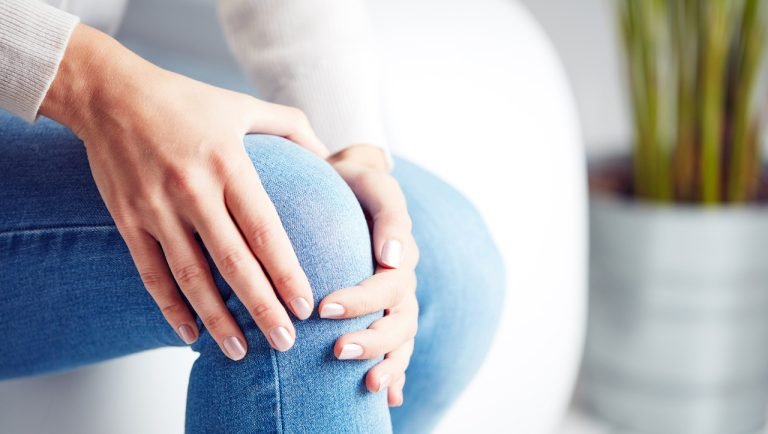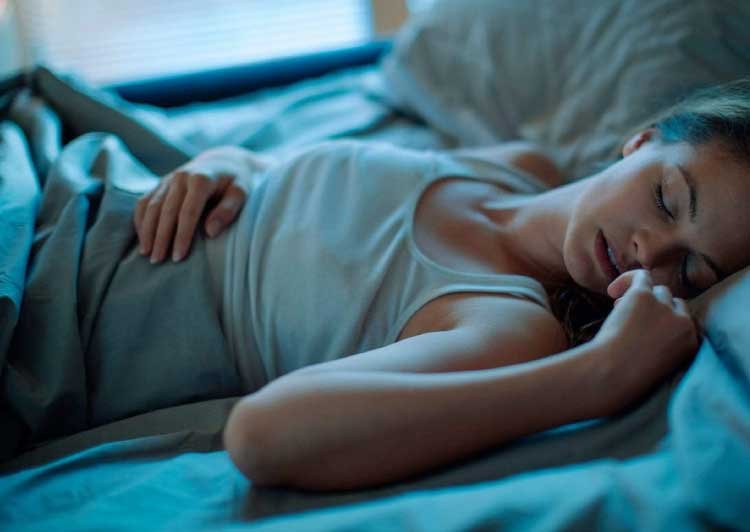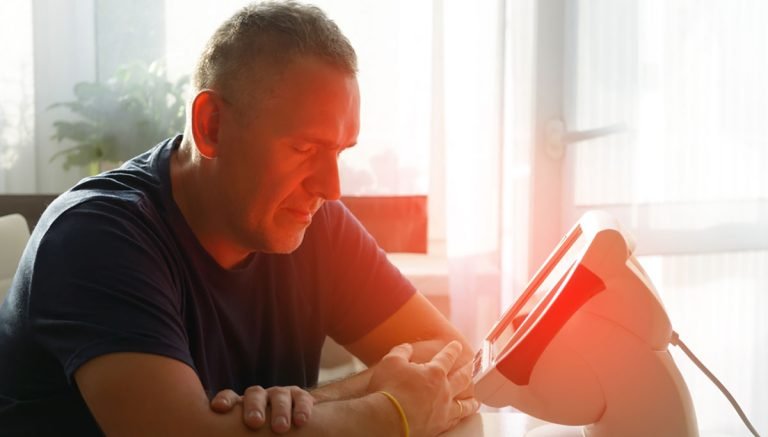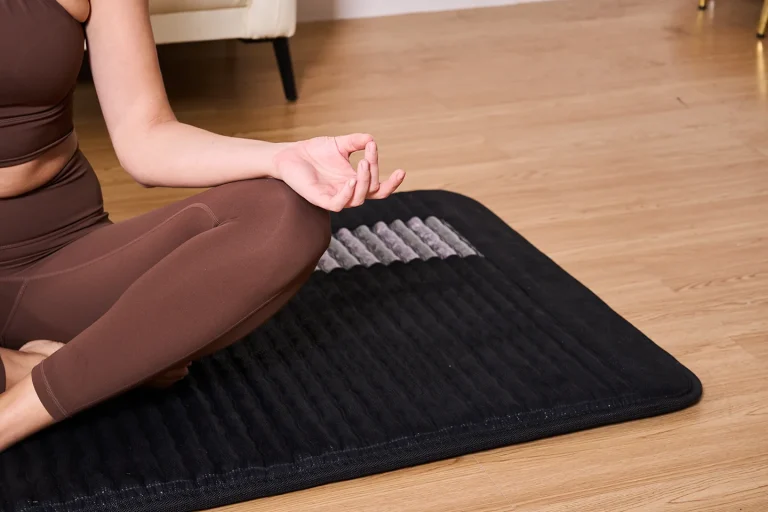Pain Relief for Chronic Back Pain
Back pain can range from muscle aching to shooting, burning or stabbing sensation. Also, the pain can be localized or develop anywhere from the neck to the lower spine. Also, pain can radiate down a leg. Bending, twisting, lifting, standing or walking can worsen it.
Chronic back pain
Back pain is considered chronic if it lasts three months or longer. While chronic back pain can come on suddenly, it usually builds gradually and lasts more than six weeks. It can come and go, often bringing temporary relief, followed by frustration.

Chronic back pain can be serious because the symptoms impact your health, mobility and quality of life for an extended period of time. Dealing with chronic back pain can be especially challenging if you don’t know the cause.
What causes chronic back pain?
Chronic pain can be triggered by muscle strain, injury or spinal deformity, but underlying conditions are usually the real cause. Muscle deconditioning (where your back lacks strength and stability) is one of the most common contributors. Different factors may all be present at the same time and interact to result in chronic back pain.
In fact, many people who suffer from or are at risk of chronic lower back pain, they tend to have a weak core. A weak core is the direct result of a sedentary lifestyle, inefficient movement patterns, and poor posture. Therefore, if your goal is to relieve or prevent chronic low back pain, it is necessary to stretch and strengthen your core muscles.
The most common causes include:
- Arthritis of the spine – the gradual thinning of the cartilage inside the spine
- Spinal stenosis – narrowing of the spinal canal that may lead to nerve pain
- Disc problems, such as a herniated or bulging disc
- Myofascial pain syndrome—unexplained muscle pain and tenderness
Symptoms of chronic back pain
Back pain can range from muscle aching to shooting, burning or stabbing sensation. Also, the pain can be localized or develop anywhere from the neck to the lower spine. Sometimes the pain radiates away from the back to other areas of the body, such as the buttocks, legs, or abdomen. Back pain intensity varies for each person. Bending, twisting, lifting, standing or walking can worsen it. Depending on the type, cause, and location of your back pain, you may experience:
- Pain from lifting and bending.
- Worsening pain when resting, sitting, or standing.
- Back pain that comes and stays.
- Stiffness in the morning when awakening and lessened back pain with activity.
- Pain that extends from the back into the buttocks, leg, or hip.
- Numbness or weakness in your legs or feet
Is it possible to heal chronic back pain?
There are several ways to treat chronic back pain, including medications, physical therapy, injections and surgery. It isn’t always possible for medical professionals to have all the answers, nor do they always have cures. There is no magic pill or intervention that make chronic pain disappear.
Whether your back pain comes from a herniated disc, spinal stenosis, an inflamed joint, or a pinched nerve, you deserve pain-free living.
Fortunately, there are many alternative treatments for back pain, many of which are easy to do at home and affordable, with no doctor’s prescription necessary. Most patients with chronic back pain can avoid surgery or pain pills by implementing specific healthy lifestyle choices.
Try the following ways to relieve chronic back pain
Physical therapy is considered the effective treatment option for chronic back pain. Improving your muscle strength and learning how to perform daily activities without straining your back can resolve chronic pain.
1. Exercise
Exercise is the foundation of chronic back pain treatment. It’s one of the first treatments you should try under your physician and spine physical therapist’s guidance. Exercises must be tailored to your specific symptoms and condition. Maintaining an exercise routine at home is also a big part of success.
Exercises for chronic back pain include:
- Retrain your posture
- Testing pain tolerance limits
- Stretching and flexibility exercises
- Aerobic exercise
- Core strengthening
- Heat therapy for chronic back pain
- Try continuous, low-level heat for subacute or chronic back pain.
2. Heat therapy
If you have subacute or chronic back pain (more than 4-weeks), apply heat therapy using a medium that provides constant warmth.
- Keep a warm or heated blanket wrapped around your lower back.
- Lying on a far infrared heating mat or just putting it on your back for sufficient time to penetrate deep into tissues.
- Use a commercial adhesive wrap that sticks to the lower back and provides several hours of low-level heat
- When using continuous low-level heat, follow the package instructions carefully to prevent skin damage.
These approaches provide closed heat to the lower back, stimulating and encouraging healing.
A person should follow instructions carefully to avoid burns or scalds from the heat pad. Heat pads can supply immediate relief.
3. Far infrared heating mats, belts, or wraps
The use of far infrared radiation is a novel approach to heat therapy. Crystals and stones within the products are heated electrically and emit far infrared heat deep into the muscles. Far infrared products typically have adjustable temperature settings and automatic timers, similar to traditional electrical heating products.
The use of crystals and stones allows for a more controlled transfer of heat. This is to ensure that the heating mat is not hot to the touch or likely to burn the skin. The stones typically take 10 to 15 minutes to heat to the desired temperature, and remain at that temperature until the product is unplugged. These products can be quite expensive, and last for several years. Far infrared heating mats raise the body temperature slowly, and may be suitable for heat sensitive people.
iReviKit Infrared Heating Pad for Back Pain
iReviKit utilizes the most advanced far infrared heating system – Far Infrared Silicon Rubber Heating Wire, which emit far infrared heat evenly and stable. The thick layer of tumbled Amethyst and Black Tourmaline crystals amplifies and transforms heat energy into longer wavelengths easily absorbed by the body. As a result, the temperature is normalized, soothing and feeling better! It can also stimulate the cardiovascular system and restore the body from the inside out.
- Deep FIR infrared heat
- Advanced far infrared heating system
- Thick layer of therapeutic crystal combination of amethyst and tourmaline
- Low (almost zero) EMF infrared heating pad
- Hot stone massage therapy
- Negative ion therapy
- Three sizes available: 31″L X 20″W, 59″L X 24″W, 75″L x 31″W
- 100% cotton quilted mattress cover for protection (free with the heating pad)


4. Yoga to Relieve Lower Back Pain
“Yoga is great for working on flexibility and core stability, correcting posture, and breathing—all of which are necessary for a healthy back,” Sasha Cyrelson, P.T., D.P.T., O.C.S., clinical director at Professional Physical Therapy in Sicklerville, New Jersey, tells SELF.
Yoga involves slow, controlled movements to stretch and strengthen the body. This exercise form also promotes stress relief, which can reduce tension you may commonly hold in your lower back. Doing some gentle stretches can help you build both strength and mobility, both of which reduce low back pain.
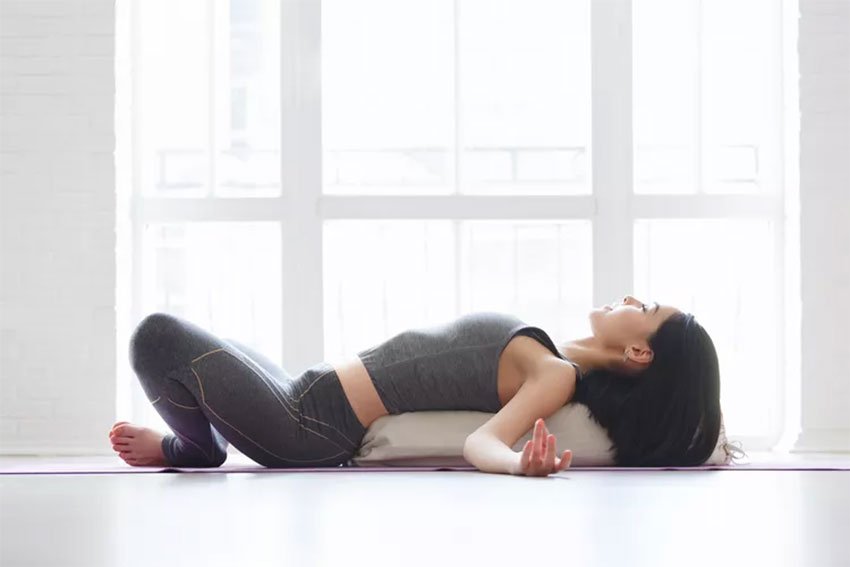
Incorporating a Far Infrared Heating Mat into your yoga practice can bring unparalleled healing benefits that complement the benefits yoga already provides. This special mat emits far infrared rays that penetrate deep into the skin, gently warming the body’s core. As a result, tired muscles find comfort and stressed minds find relief. The warmth provided by this mat allows for superior stretching and increased stability during various yoga poses. In addition, this distinctive mat holds the potential for health benefits such as detoxification of the system, increased cardiovascular activity, and revitalization of muscle tissue.
5. Try a massage:
Massage may offer short-term benefits for lower back pain. Soft tissue massage can involve kneading, friction, gliding, vibration, or percussion techniques. Massage may be used in conjunction with other treatments.

Soft tissue manipulation encourages mental and physical relaxation through the release of endorphins. Manipulation may involve hands or mechanical devices.
6. Complementary therapies:
Several types of complementary therapy may relieve low back pain. These include:
- Acupuncture, in which therapists insert hair-thin sterilized needles into precise points in the body to release blocked energy
- Spinal manipulation, in which chiropractors apply pressure directly to the body to correct spinal alignment and therapeutic massage to relax aching muscles.
- Movement therapies, such as yoga and Tai Chi, which can help stretch and strengthen back muscles.
- Although the evidence is mixed about whether these therapies are effective, when they do work, it is often when they are combined with other home remedies for low back pain.


